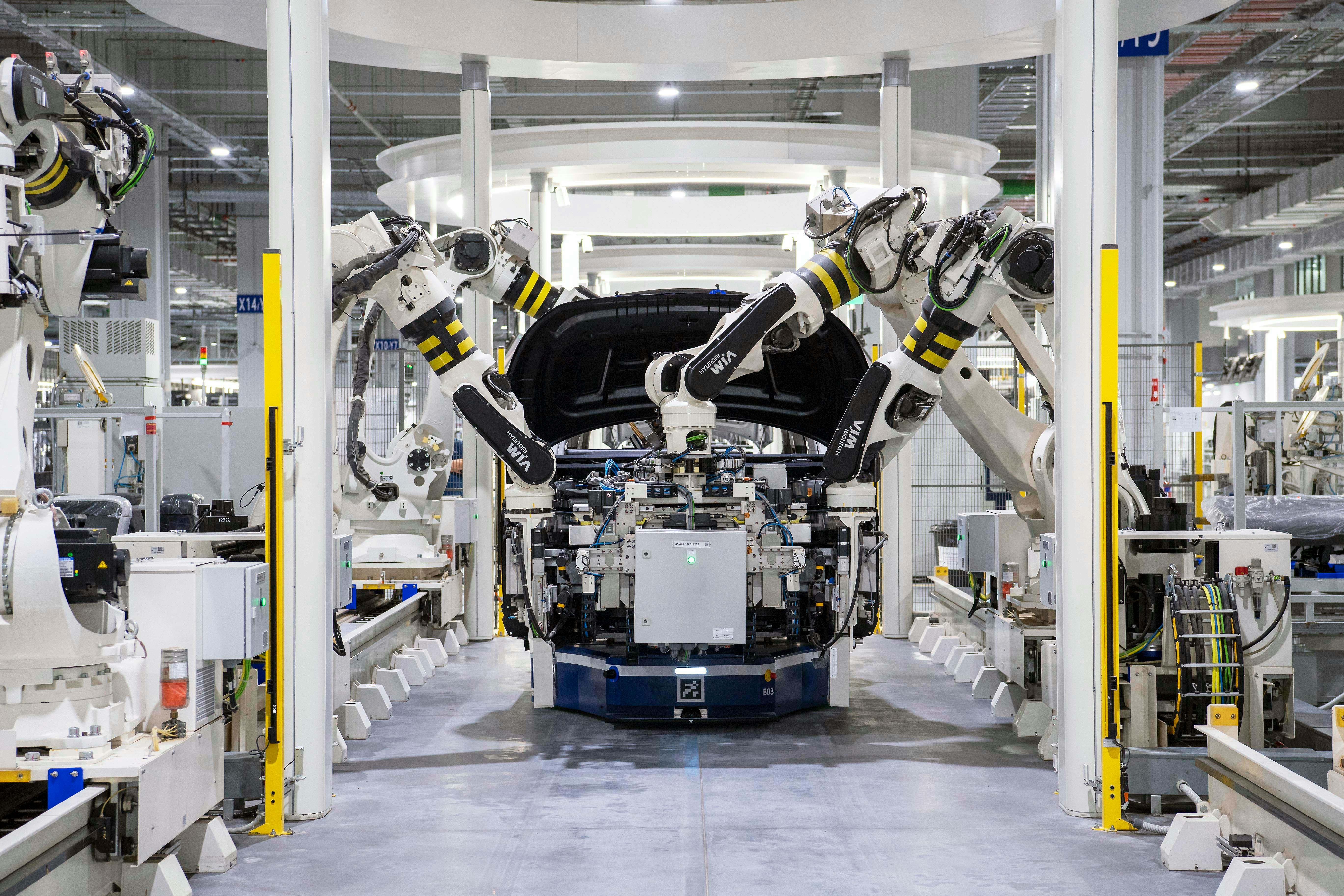Baia ingenua
Scoprite la semplicità e la potenza dei classificatori Naive Bayes per la classificazione dei testi, l'NLP, il rilevamento dello spam e l'analisi del sentiment in AI e ML.
Naive Bayes è un classificatore probabilistico semplice ma potente nell'apprendimento automatico (ML), basato sul teorema di Bayes. È particolarmente adatto a compiti di classificazione con dati ad alta dimensionalità, come la classificazione dei testi. La parte "ingenua" del nome deriva dal suo presupposto fondamentale: che tutte le caratteristiche di un campione siano indipendenti l'una dall'altra, data la variabile classe. Sebbene questo assunto sia spesso una semplificazione eccessiva degli scenari reali, l'algoritmo è notevolmente efficace, efficiente dal punto di vista computazionale e fornisce una solida base per molti problemi di classificazione.
Come funziona Naive Bayes
L'algoritmo opera calcolando la probabilità che un punto dati appartenga a una particolare classe. Utilizza il teorema di Bayes per determinare la probabilità posteriore di una classe, dato un insieme di caratteristiche osservate. L'ipotesi di indipendenza "ingenua" semplifica notevolmente questo calcolo. Invece di considerare le complesse relazioni tra le caratteristiche, il modello considera il contributo di ciascuna caratteristica al risultato come completamente separato.
Ad esempio, nel classificare un'e-mail come spam o non spam, un classificatore Naive Bayes presuppone che la presenza della parola "vendita" sia indipendente dalla presenza della parola "gratis". Questa ipotesi è raramente vera, ma consente al modello di apprendere e fare previsioni molto rapidamente senza bisogno di un'enorme quantità di dati di addestramento. È importante distinguere Naive Bayes da una Rete Bayesiana; sebbene entrambi utilizzino i principi bayesiani, una Rete Bayesiana è un modello più generale che può rappresentare dipendenze complesse, mentre Naive Bayes è un classificatore specifico con una rigida assunzione di indipendenza.
Applicazioni del mondo reale
Naive Bayes è apprezzato per la sua velocità e semplicità, soprattutto nei compiti legati al testo.
- Filtro antispam: Si tratta di un'applicazione classica. I servizi di posta elettronica utilizzano Naive Bayes per classificare le e-mail in arrivo come spam o non spam. Il modello viene addestrato su un ampio set di e-mail, imparando la probabilità che determinate parole compaiano nei messaggi di spam. Ad esempio, a parole come "congratulazioni", "vincitore" e "gratis" potrebbe essere assegnata una maggiore probabilità di essere spam. Il progetto Apache SpamAssassin è un esempio reale che incorpora il filtraggio bayesiano.
- Classificazione di testi e documenti: Naive Bayes è ampiamente utilizzato nell'elaborazione del linguaggio naturale (NLP) per classificare i documenti. Ad esempio, gli articoli di cronaca possono essere ordinati automaticamente in argomenti come "Sport", "Politica" o "Tecnologia". È anche un algoritmo comune per la sentiment analysis, che determina se un testo (come una recensione di un prodotto) esprime un'opinione positiva, negativa o neutrale.
- Diagnosi medica: nell'analisi delle immagini mediche, può essere utilizzata come strumento diagnostico preliminare per prevedere la probabilità di una malattia in base ai sintomi e ai risultati dei test del paziente. Ogni sintomo viene trattato come una caratteristica indipendente per calcolare la probabilità di una particolare condizione.
Confronto con altri algoritmi
Naive Bayes è un algoritmo fondamentale e si differenzia da modelli più complessi per alcuni aspetti fondamentali.
- vs. Regressione logistica: Entrambi sono popolari per la classificazione. Naive Bayes è un modello generativo, cioè modella la distribuzione delle singole classi, mentre la Regressione logistica è discriminativa, cioè modella i confini tra le classi. Naive Bayes spesso si comporta meglio su insiemi di dati più piccoli.
- rispetto alle macchine a vettori di supporto (SVM): Le SVM sono in grado di trovare un confine decisionale ottimale e di gestire meglio le interazioni complesse tra le caratteristiche, spesso con una maggiore precisione. Tuttavia, Naive Bayes è molto più veloce da addestrare.
- rispetto agli alberi decisionali e alle foreste casuali: I metodi basati su alberi eccellono nel catturare relazioni non lineari, cosa che Naive Bayes non può fare a causa del suo presupposto di indipendenza. Per contro, Naive Bayes è tipicamente più veloce e richiede meno memoria.
- rispetto ai modelli di apprendimento profondo: Modelli avanzati come le reti neurali convoluzionali (CNN) o i trasformatori, compresi quelli utilizzati in Ultralytics YOLO per la computer vision, superano costantemente Naive Bayes in compiti complessi come la classificazione di immagini o il rilevamento di oggetti. Tuttavia, Naive Bayes è un valido punto di riferimento perché richiede molti meno dati, risorse di calcolo come le GPU e tempo di addestramento. Piattaforme come Ultralytics HUB sono progettate per l'addestramento e la distribuzione di questi modelli di deep learning più sofisticati.
Le implementazioni di Naive Bayes sono facilmente disponibili nelle librerie di ML più diffuse, come Scikit-learn e PyTorch. Anche se non è lo stato dell'arte per i problemi complessi affrontati dal moderno deep learning, Naive Bayes rimane un algoritmo essenziale per la sua velocità, la sua semplicità e le sue ottime prestazioni su tipi specifici di problemi, in particolare in NLP. Indipendentemente dall'algoritmo, la valutazione dei modelli con solide metriche di performance è un passo fondamentale in qualsiasi progetto di ML.








.webp)